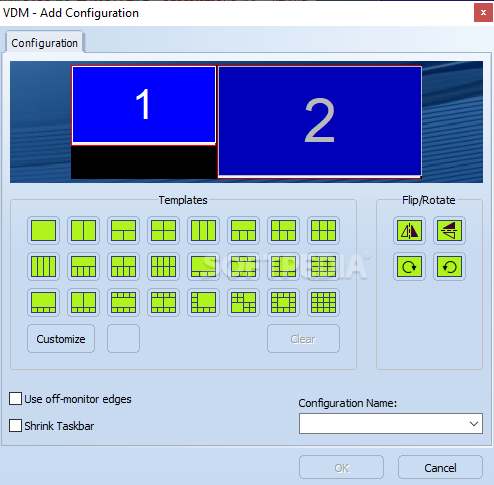
The session protocols listed above minimize and compress the data that is transmitted to and from the user device to provide the best possible user experience. In addition, EDT and Blast Extreme are optimized for User Datagram Protocol ( UDP). PCoIP is licensed from Teradici, whereas Blast Extreme is VMware's in-house protocol. The display protocol, or session protocol, controls the user display and multimedia capabilities, and the specific features and functionality of each protocol vary. Microsoft Remote Desktop can only use RDP. VMware user sessions can be based on Blast Extreme, PCoIP or RDP. High-definition user experience ( HDX) from Citrix is largely an umbrella marketing term that encompasses ICA, EDT and some additional capabilities. Independent Computing Architecture (ICA).Each vendor platform is based on a remote display protocol that carries session data between the client and computing resource: Display protocolsĮach endpoint device must install the respective client software or run an HTML5-based session that invokes the respective session protocol. WVD is only available on Microsoft's own cloud infrastructure, Azure, and there are stringent licensing requirements that make it inappropriate for all but enterprise organizations. Thus, Windows 10 now has true workstation multi-user functionality. However, in 2019, Microsoft announced the availability of Windows Virtual Desktop (WVD), which enables multi-user functionality on Windows 10, which was previously only available on server operating systems. Until recently, a workstation operating system could only service users as 1:1. Desktop Experience adds features such as Windows Media Player, Sound Recorder and Character Map, all of which are not natively included as part of the generic server operating system installation. Where a server operating system is the platform for VDI, Microsoft Server Desktop Experience is enabled to more closely mimic a workstation operating system to users. For example, a single virtual desktop allocated to a single user is considered 1:1, but numerous virtual desktops shared under a single operating system is a hosted shared model, or 1:many.Ī server operating system can service users as either 1:1 or 1:many. Traditionally, the term VDI has most commonly referred to a virtualized workstation operating system allocated to a single user, but that definition is changing.Įach virtual desktop presented to users may be based on a 1:1 alignment or a 1:many ratio, which is often referenced as multi-user.

VDI may be based on a server or workstation operating system.


 0 kommentar(er)
0 kommentar(er)
